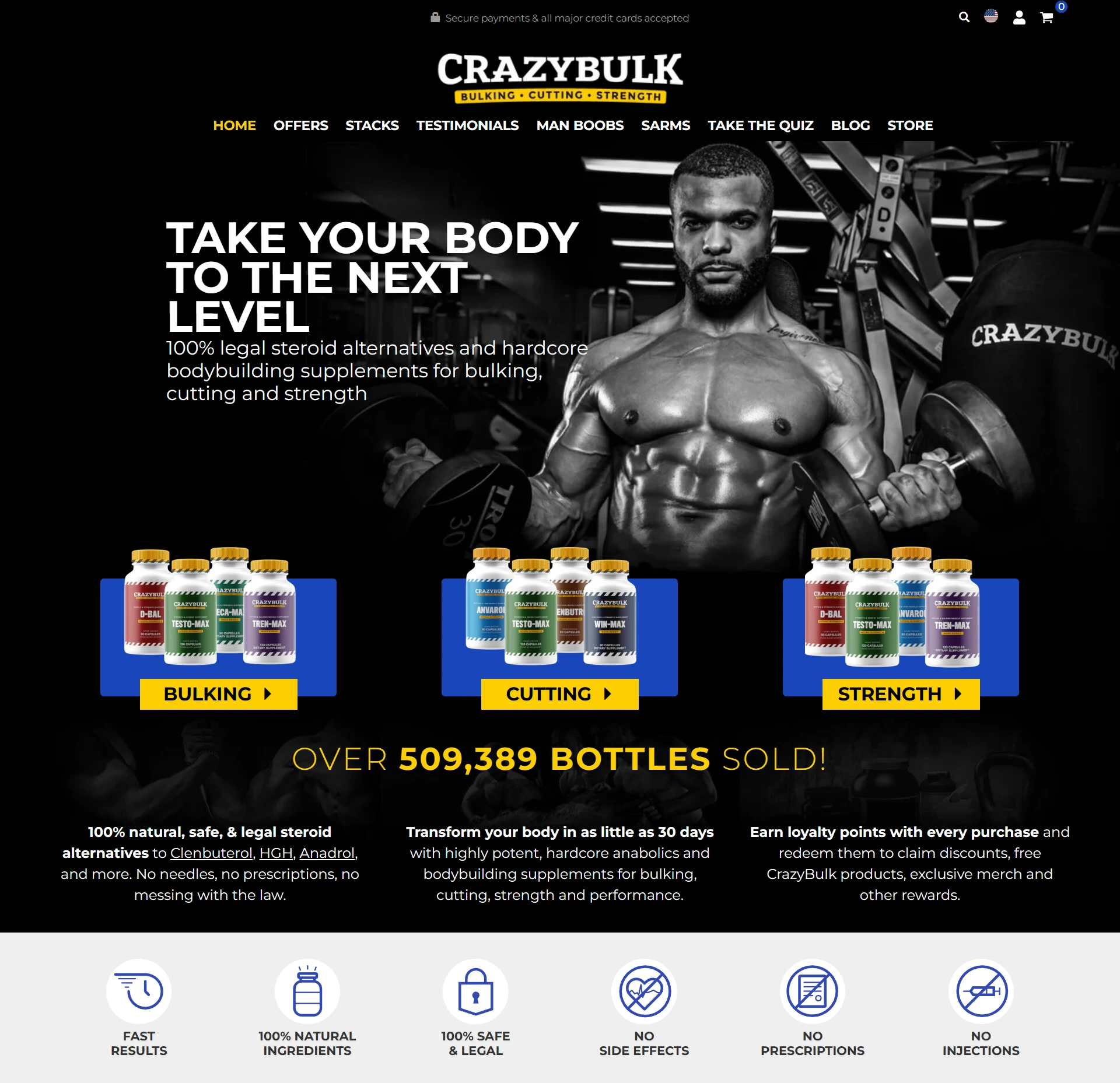
test enanthate australia
Add a review FollowOverview
-
Sectors Physical Therapy
-
Posted Jobs 0
-
Viewed 558
Company Description
UC San Diego Health Health Library San Diego Hospital, Healthcare

UC San Diego Health Health Library San Diego Hospital, Healthcare
Being mindful of these various factors can help individuals make informed choices to promote healthy testosterone levels and overall well-being. Testosterone supports muscle mass, libido, energy levels, mood, focus, sleep quality, bone density, metabolic health, and more, says Houman. So, having lower-than-optimal testosterone levels can lead to a range of physical, mental, and emotional side effects, he says.
The most significant changes in testosterone occur during puberty when levels surge to support the development of secondary sexual characteristics, such as facial hair growth, deepening voice, and muscle development. These hormonal shifts are a natural part of the maturation process, playing a crucial role in the transition from childhood to adolescence. As we navigate through life, several factors come into play that can influence testosterone levels, shaping our overall hormonal balance. Firstly, age-related changes in testosterone production have a significant impact. It’s natural for testosterone levels to gradually decline with age, as the body’s hormone production slows down.
Testing for testosterone levels is a nuanced process that requires careful consideration of various factors, including test timing, method, and interpretation of results. Accurate measurement of both total and free testosterone is crucial for diagnosing and treating conditions related to testosterone imbalance. Understanding these tests and what the results mean is a key step in managing and addressing issues of hormonal health. The next section will discuss the various treatment options available for testosterone imbalance, highlighting the importance of a tailored approach based on individual needs and test results.
Discuss this information with your own physician or healthcare provider to determine what is right for you. All information is intended for your general knowledge only and is not a substitute for medical advice or treatment for specific medical conditions. The information contained herein is presented in summary form only and intended to provide broad consumer understanding and knowledge. The information should not be considered complete and should not be used in place of a visit, phone or telemedicine call, consultation or advice of your physician or other healthcare provider. Only a qualified physician in your state can determine if you qualify for and should undertake treatment. Free testosterone is the unbound, biologically active form of testosterone in the blood.
Depending on your health goals and concerns, your healthcare provider may recommend testing total testosterone, free testosterone or both. Testosterone testing (you can measure just total T or both total and free T) helps deliver results and sometimes is even used to diagnose health conditions such as erectile dysfunction or infertility. Because free testosterone helps you maintain muscle mass, when your numbers are higher you won’t gain as much fat, (2) he adds.
In most cases, a test for total testosterone is enough for a doctor to make a diagnosis of low testosterone (Low-T). “This research follows T-cell function all through the monthly cycle, all the way through pregnancy and giving birth—which is when hormone levels really change,” says Dr. Reina-Campos. “This is part of trying to understand the underlying mechanisms of the immune system.”
Leading a sedentary lifestyle may exacerbate testosterone declines in men as they age, according to a 2024 review published in Frontiers in Aging. But on the flip side, “regular physical activity, including strength training, has been linked to supporting healthy testosterone levels,” according to Bailey. Exposure to certain environmental toxins and endocrine disruptors, like bisphenol A (BPA), pesticides, and phthalates, can impact hormone levels, including testosterone.
It’s critical to test both free testosterone levels and total T, along with other biomarkers like SHBG and estrogen. For example, if your total T levels are normal, research finds that symptoms of low testosterone can still exist. It’s hard to give an exact definition of “normal” testosterone levels without knowing someone’s lifestyle (if you’re inactive, you likely don’t need as much T as if you run marathons, for example). Total Testosterone levels, and in turn, free testosterone levels (3), start to decrease around age 30 by about 1 percent every year. Genetics, your activity level, and your overall health also play a role in testosterone levels. This test is usually done in the morning because testosterone levels tend to be highest at that time. You may need to have this test more than once, and at different times of the day, to confirm low testosterone levels.
The discussion of the key results is appended below under different subsections. The study found that testosterone levels naturally decline with age, with an average decrease of approximately 1-2% per year. In older adulthood, expected testosterone levels generally range from 200 to 900 ng/dL. This age-related decline in testosterone can have various effects on individuals, including changes in muscle mass, bone density, and sexual function. Testosterone imbalance can be attributed to a variety of factors, including natural aging, lifestyle choices, medical conditions, medications, genetic factors, and environmental exposures. Recognizing these causes is crucial in the diagnosis and treatment of low or high testosterone levels. It underscores the importance of a holistic approach how to know if you are low on testosterone (http://revista.med.unlp.edu.ar/) health, considering not just medical treatments but also lifestyle modifications to manage and maintain optimal testosterone levels.
Factors such as diet, exercise, and sleep patterns can play a role in testosterone levels. Maintaining a healthy weight, engaging in regular physical activity, and adopting stress-reducing practices can support optimal testosterone production. Physically, individuals may experience reduced muscle mass, decreased bone density, and a drop in energy levels, which make everyday tasks more challenging and increase the risk of injury, says Bailey. Plus, across the lifetime, it can result in increased risk for things like insulin resistance, osteoporosis (low bone density), and cardiovascular disease, says Houman.
